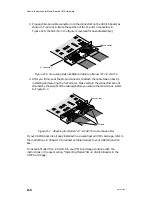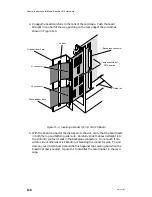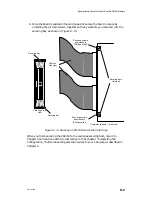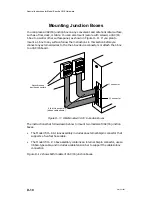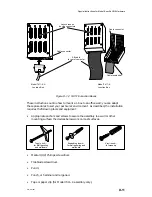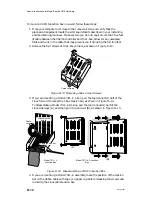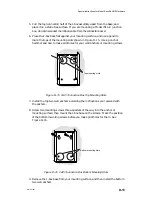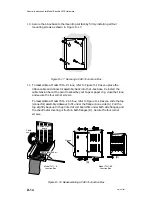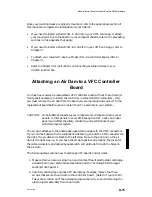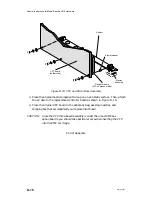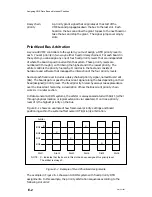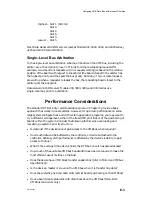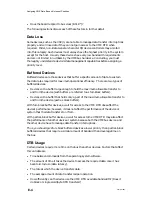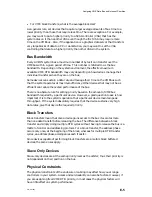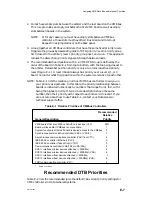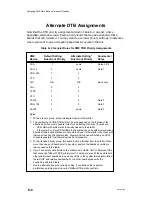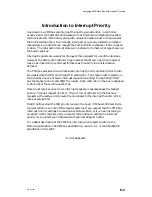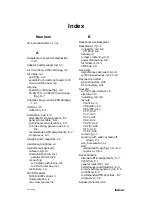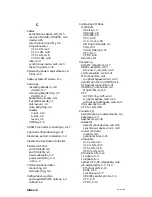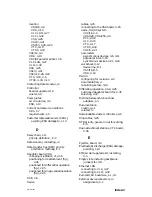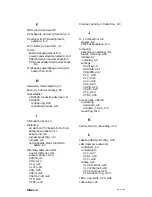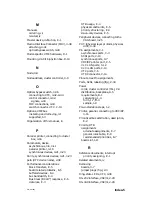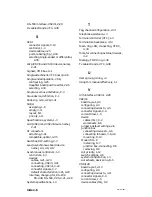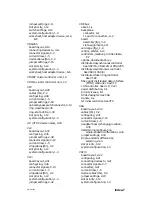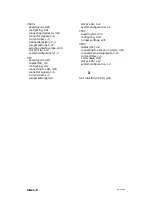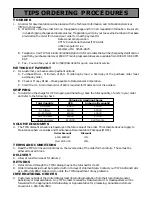
Assigning VME Data Bus and Interrupt Priorities
E-4
014–001867
D
Does the board respond to bus clear (BCLR*)?
The following sections discuss each of these factors in further detail.
Data Loss
Some devices, such as the VSC/3, are not able to manage data transfer interruptions
properly and will lose data if they can not gain access to the VME DTB when
required. Older, non–Data General character I/O device controllers may also fall
into this category. Such devices must always have the highest priority in the system
except for the host. Usually these devices have very low bandwidth requirements
and are not limited in numbers by the VMEbus hardware. Concluding, you must
thoroughly understand a device’s data management capabilities before assigning a
priority level.
Buffered Devices
Buffered devices are those devices that buffer a specific amount of data to sustain
the data rates required for maximum operational efficiency. There are two types of
buffered devices.
D
Devices with a buffer large enough to hold the maximum allowable transfer to
and from the device (such buffers are referred to as full–block buffers).
D
Devices with a buffer that holds only a part of the maximum allowable transfer to
and from the device (partial–block buffers).
With full–block buffer devices, a wait for access to the VME DTB does affect the
device’s performance; however, it does not affect the performance of the device or
system that the data transfers to or from.
With partial–block buffer devices, a wait for access to the VME DTB may also affect
the performance of another device or system because both the VMEbus device and
the other device have to manage data transfer interruptions.
Thus, you should give full–block buffered devices a lower priority than partial–block
buffered devices that require a similar amount of bandwidth and average time on
the bus.
DTB Usage
Certain devices require more time on the bus than other devices. Factors that affect
this variable are
D
Time between commands from the operating system software.
D
The amount of time it takes the device to access the required data once it has
been told to do so (data latency).
D
The rate at which the device transfers data.
D
The average amount of data transferred per operation.
D
How efficiently can the device use the VME DTB available bandwidth? (Does it
do block or single word/byte DTB transfers?)
Summary of Contents for AViiON 5000 Series
Page 2: ......
Page 6: ......
Page 12: ...Preface x 014 001867 ...
Page 86: ...Configuring VME Option Boards 2 52 014 001867 ...
Page 144: ...Connecting External Devices to VME Option Boards 4 44 014 001867 ...
Page 150: ...VME Backplane Connector Signals and Power Distribution A 6 014 001867 ...
Page 196: ...Assigning VME Data Bus and Interrupt Priorities E 10 014 001867 ...
Page 206: ......
Page 210: ...Appendix Title ...

